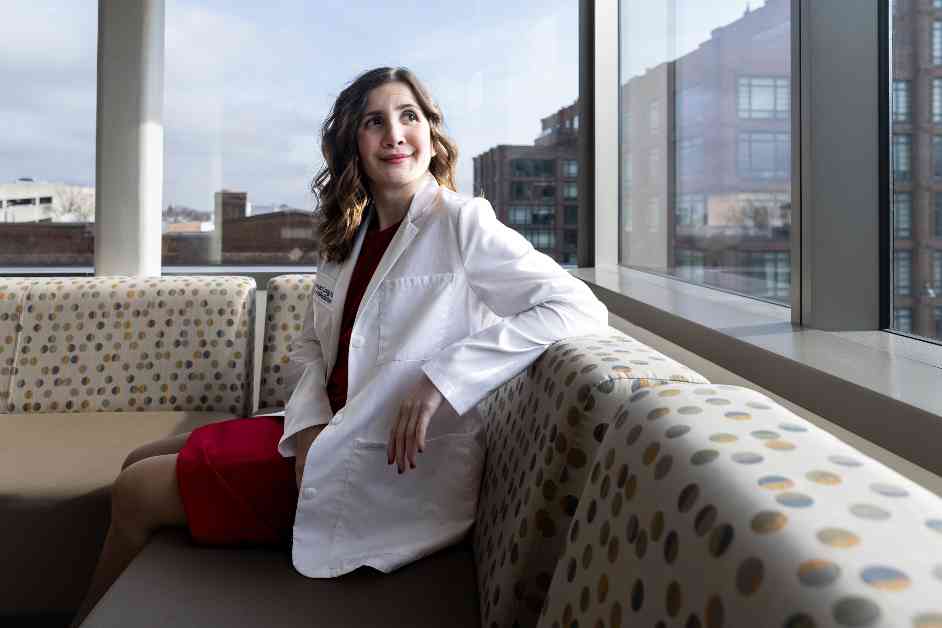Increasing Primary Care Physicians in Medical Schools: Key Strategies
Medical schools across the nation are facing a critical challenge: the shortage of primary care doctors. The journey from medical student to specialist often leads students away from the primary care path, leaving a gap in healthcare that could impact thousands of Americans in the coming years. This shortage could mean fewer hospital visits, increased chronic illness, and a decline in overall health outcomes for many individuals.
The Allure of Specialties
Why do so many medical students veer away from primary care? The answer often lies in the allure of higher-paying specialties and the prestige that comes with complex cases in academic medical centers. The financial incentives and career opportunities in subspecialties like gastroenterology and cardiology can be hard to resist, leading many graduates down a different path than they originally intended.
Andrew Bazemore, a physician and senior vice president at the American Board of Family Medicine, highlights the role of money in driving students away from primary care. Subspecialties often bring in significant wealth for individuals and institutions, creating a system where primary care is undervalued and underrepresented.
The Impact of Tuition Waivers
One potential solution to address the shortage of primary care physicians is the elimination of tuition fees. By removing financial barriers, medical schools hope to attract students based on passion rather than paycheck. Schools like the Albert Einstein College of Medicine and the Johns Hopkins University School of Medicine have already taken steps to waive tuition, encouraging more students to consider primary care as a viable career path.
However, the contrast between tuition-free schools and traditional institutions like Harvard, Yale, and Johns Hopkins reveals the limitations of this approach. The decision to pursue primary care is influenced by a myriad of factors beyond financial considerations, including mentorship, exposure to underserved populations, and personal experiences that shape students’ career choices.
The Road Ahead
Despite the challenges and obstacles facing medical schools, there are success stories that offer a glimpse of hope for the future of primary care. Schools like the University of Washington and the University of California-Davis have implemented recruitment programs and specialized pathways to increase the number of graduates entering primary care fields.
As the nation grapples with a looming shortage of primary care physicians, the focus must shift towards systemic changes within the healthcare system. Addressing issues like low pay, administrative burdens, and lack of support for primary care practices is essential to attracting and retaining the next generation of primary care doctors.
In a world where specialization reigns supreme, the value of primary care cannot be understated. Medical schools play a crucial role in shaping the future of healthcare by equipping students with the skills, knowledge, and passion needed to thrive in primary care settings. The journey from medical student to practicing physician is a challenging one, but with the right support, mentorship, and resources, the dream of becoming a primary care doctor can become a reality for many aspiring healthcare professionals.

















